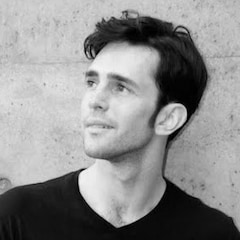Mount Fuji's Northern Gateway

Though it may be a mouthful, Kitaguchi Hongu Fuji Sengen Shrine (北口本宮富士浅間神社・Kitaguchi Hongu Fuji Sengen Jinja) is exactly what it says it is: Kitaguchi means "northern entrance;" Hongu means "main shrine;" and shrines taking the name Sengen are dedicated to Mount Fuji.
By Michael KanertKitaguchi Hongu Fuji Sengen Shrine
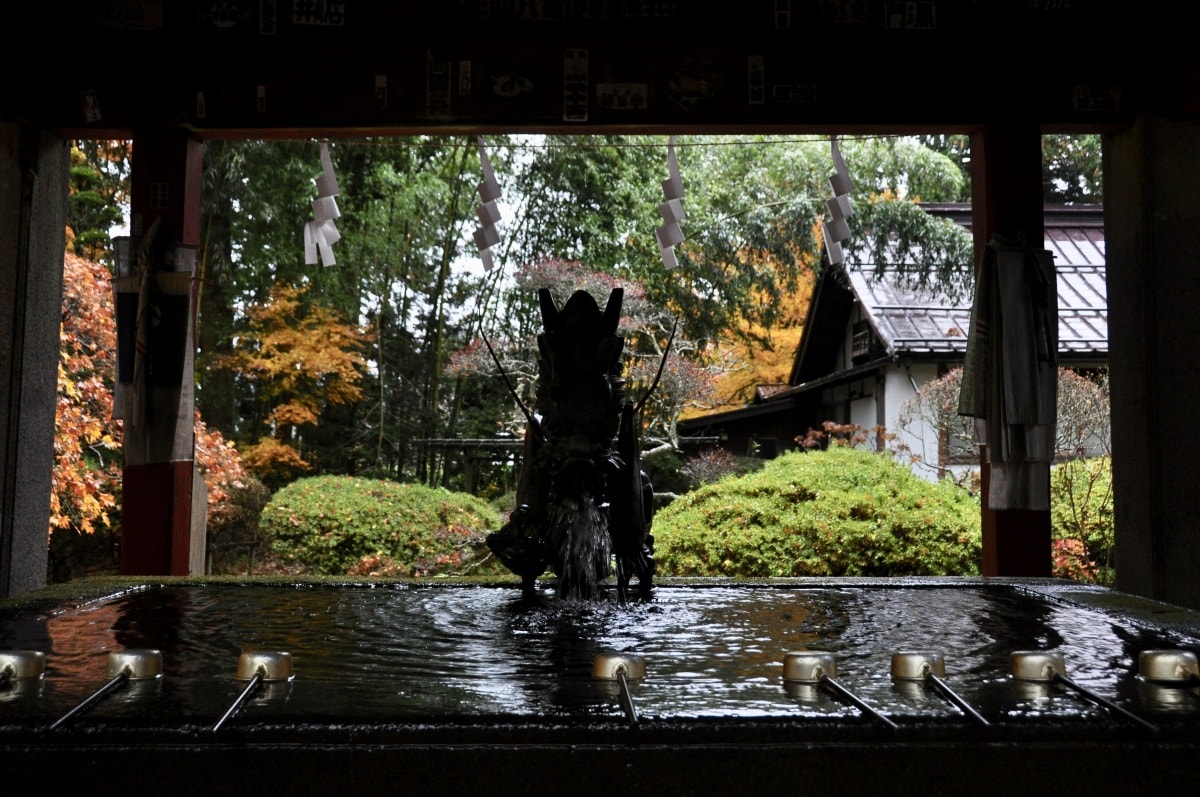
Included among the 25 elements inscribed in the Mount Fuji World Cultural Heritage Site, Kitaguchi Hongu Fuji Sengen Shrine marks the entrance to the Yoshidaguchi climbing trail on the north side of the mountain.
The shrine's history is said to date all the way back to the year 110, when the legendary Emperor Keiko sent his son Yamato Takeru to subjugate the eastern reaches of the nation. Upon arriving at Mount Fuji, Yamato Takeru climbed a hill to pay his respects to the mighty mountain, and he thereafter decreed that Fuji should be worshipped from the north. A shrine was built on the hill, then moved to the present location in 788.
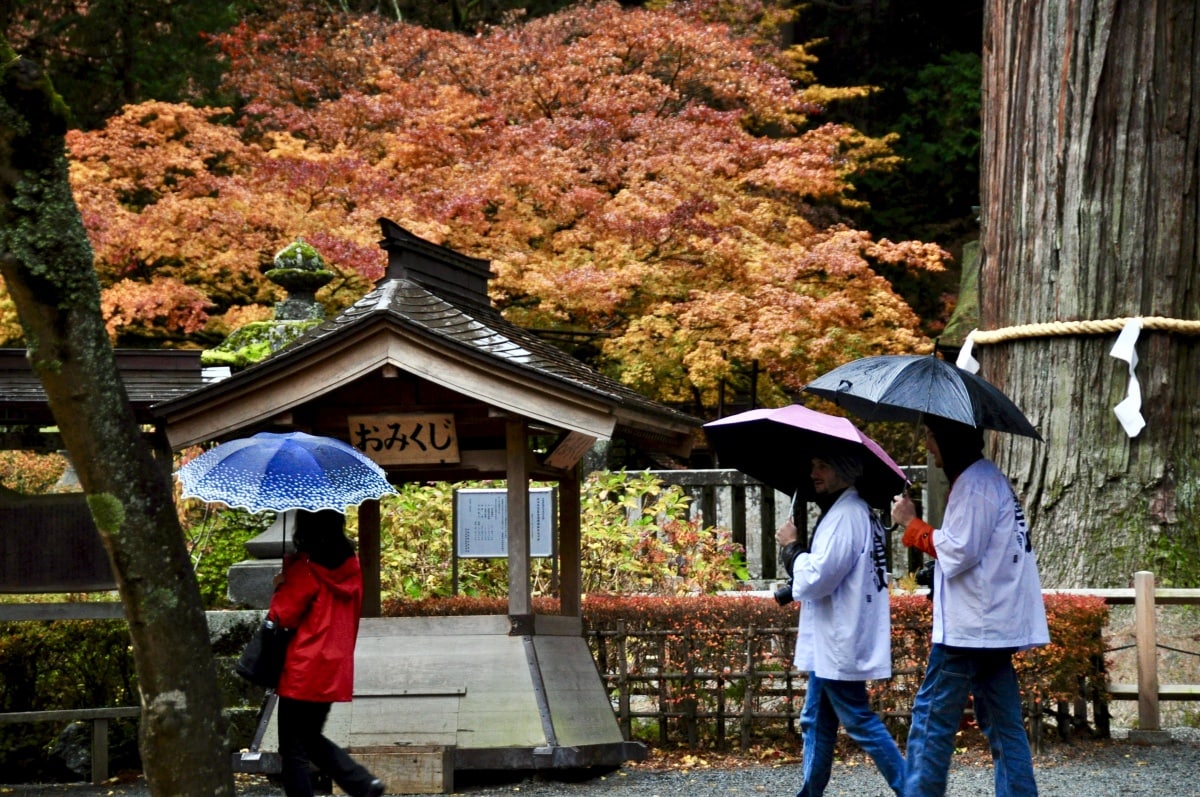
Occupying some 99,000 square meters (24 acres), this is one of the largest forest shrines in Japan. It's preceded by a long, cedar-lined avenue, along which you can see a large stone upon which Hasegawa Kakugyo, founder of the Fujiko (富士講) sect of Fuji worship, is said to have stood for 30 days as a sign of his ascetic devotion.
The main hall, or honden (本殿), was once surrounded by four sacred trees, of which three still remain, each over 1,000 years old. Meanwhile, the huge hand-washing basin to the east of the honden is notable for being carved from a single, massive piece of rock.
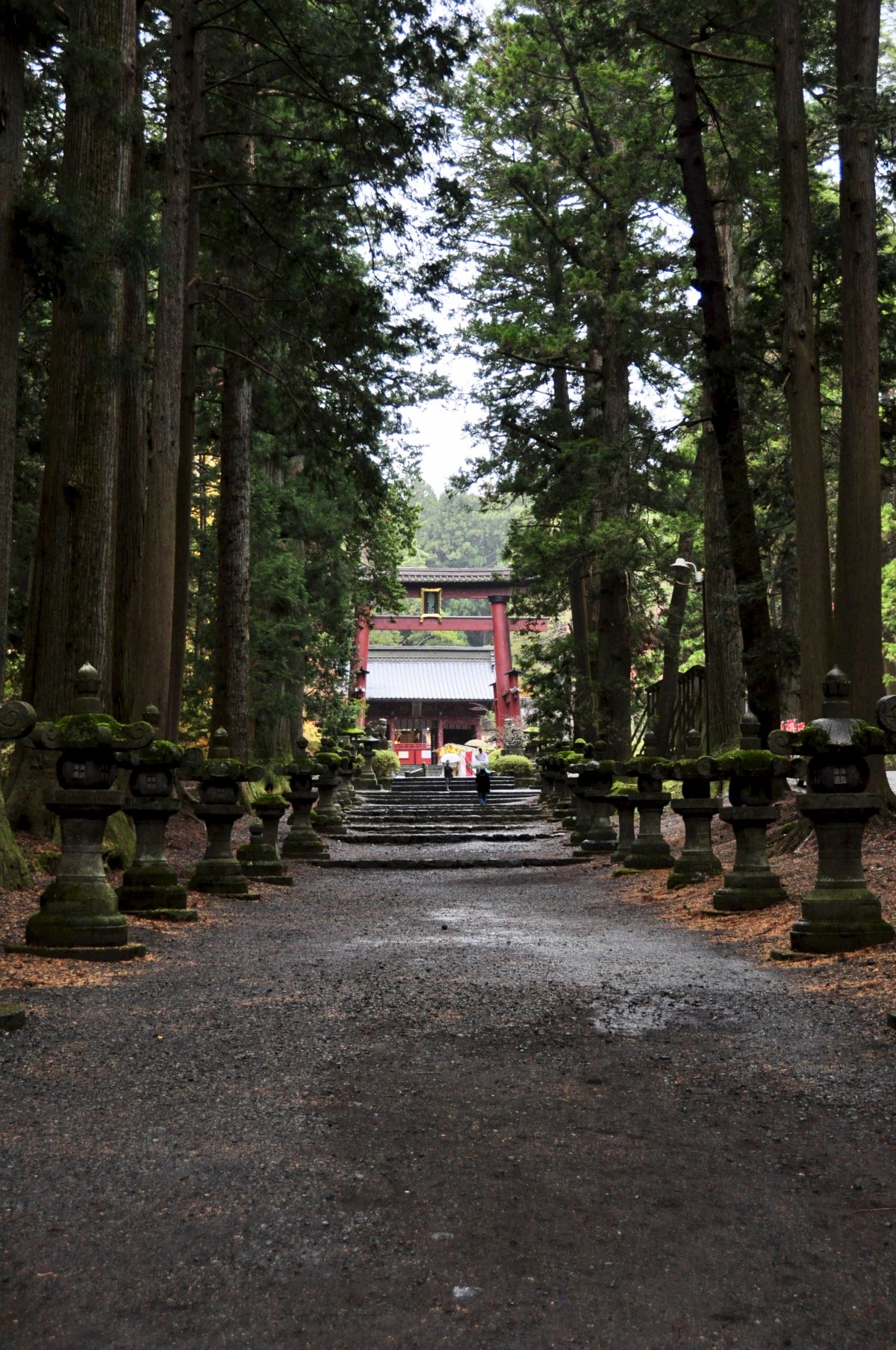
At 18 meters (60 ft) in height, the red torii gate at the shrine entrance is said to be the largest wooden torii in Japan—at least on par with the famed floating torii at Miyajima—and it's reconstructed slightly larger every 60 years.
The present gate dates to 2014, and, as at all Sengen shrines, it bears the inscription Sangoku Daiichizan (三國第一山, using the old kanji for 国, or country), meaning "No. 1 Mountain in Three Countries." The three countries in question are Japan, China and India, which were considered to represent the entire world at the time.
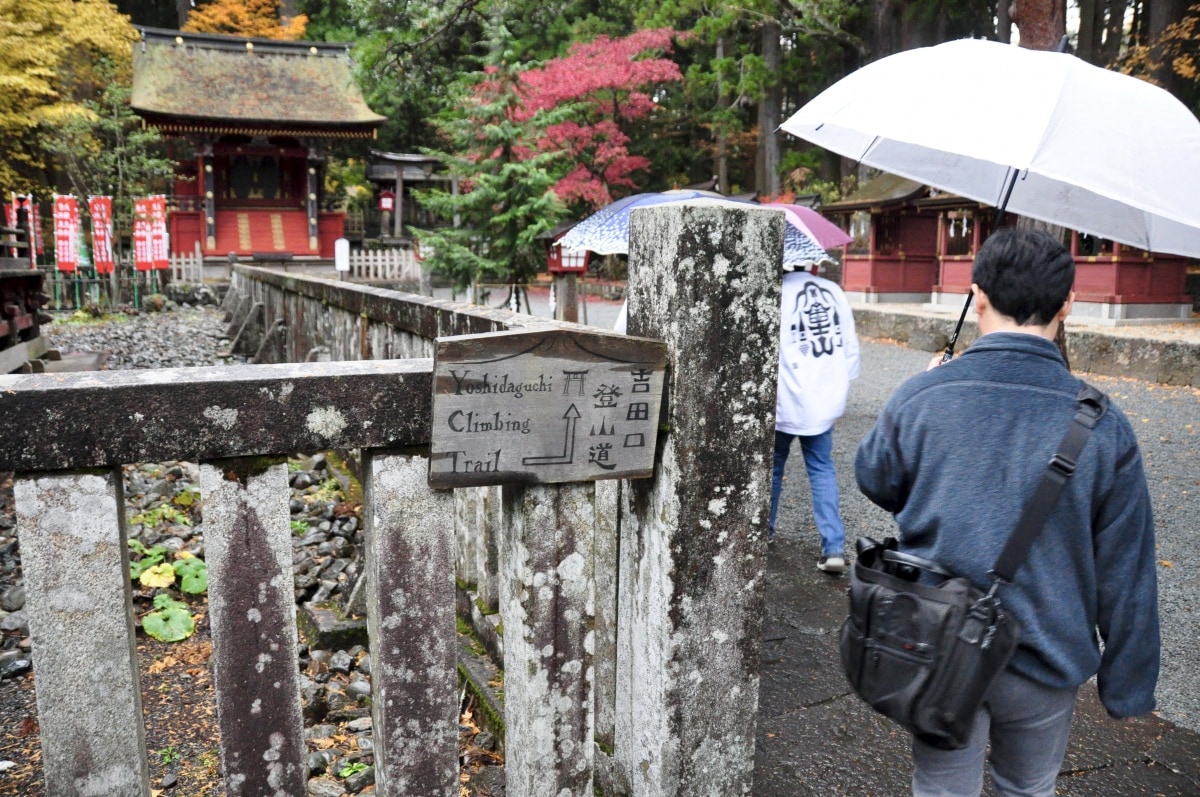
As an ancient shrine with a storied past, many notable figures have hoped to leave their mark here, ultimately resulting in not one but three structures that have in turn served as the honden now sitting side by side.
Takeda Shingen, the region's most powerful warlord, rebuilt the main hall in 1561, creating a beauty of Muromachi Period (1336-1573) architecture that now sits to the east as the Higashinomiya Honden. It enshrines Hikohohodemi no Mikoto, son of Ninigi no Mikoto, who was sent to earth to found the nation of Japan.
To the west, the Nishinomiya Honden enshrines the sun goddess Amaterasu Omikami, grandmother of Ninigi no Mikoto and head of the Shinto pantheon. Similar in appearance to the Higashinomiya Honden, this structure was built in 1594 in late Muromachi Period style.

The current main hall was first constructed in 1615, restored in 1688, and expanded in 1733 by Murakami Kosei, a leading Fujiko adherent. A grand structure reflecting the increased wealth the shrine enjoyed during the Edo Period (1603-1868), it venerates Konohana Sakuya-hime, the goddess of Mount Fuji, as well as her father Oyamazumi no Kami and her husband Ninigi no Mikoto.
Beside the Nishinomiya Honden stands a torii gate marking the entrance to the Yoshidaguchi climbing trail, which leads all the way to the summit of Mount Fuji. Fuji worshippers would traditionally stay in pilgrim's inns called oshi houses in the Kamiyoshida area of what's now Fujiyoshida City, pay their respects at the shrine and begin their ascent. On June 30 each year, a ceremony is held marking the opening of the trail and praying for climbers' safety during the season.
Yoshida Fire Festival
https://www.youtube.com/watch?v=9WtXk7wTYl8
Kitaguchi Hongu Fuji Sengen Shrine is also know for the Yoshida FIre Festival (吉田の火祭り・Yoshida no Himatsuri), considered one of Japan's "three most unique festivals" (the others being the Shimada Obi Festival in Shizuoka and the Konomiya Hadaka Festival in Aichi). On the evening of August 26, 3-meter (10-ft) wooden towers are set alight along a 2-kilometer (1.2-mi) stretch of Kamiyoshida's main street, with festivities continuing until the 27th.
Kitaguchi Hongu Fuji Sengen Shrine
Address: 3-14-8 Kamiyoshida, Fujiyoshida City, Yamanashi


